Organoids Maybe-Life in Miniature
From the self-organization of stem cells in vitro to the organoids. Alessandro Rosa on model systems to understand the mechanisms of life.
Literally, the term “organoid” means an object that “resembles an organ”. An organoid is in fact a three-dimensional biological construct that originates from stem cells through a process called “self-assembly” or “self-organisation”. When certain types of stem cells are free to differentiate in vitro, they not only produce the variety of cells that make up a tissue, but they also organise themselves in space to reproduce the architecture of that tissue. In addition, they can carry out some of the activities of the real tissue. Ultimately, the resulting organoid simulates, up to a certain point, the composition, shape and function of a native organ.
Evidence that certain cell types, when grown outside the organism from which they derive, have the ability to self-assemble into more complex associations dates back to early 20th century based on studies of early cell cultures from simple species. The modern field of research on organoids began in recent times with experiments on stem cells isolated from the intestinal epithelium of mice. In 2009, Hans Clevers’ research team in Utrecht, Holland, discovered that particular stem cells isolated from crypts (tubular invaginations of intestinal epithelium) are not only able to generate by differentiation the variety of cells that make up that tissue (enterocytes, muciparous caliciform cells, Paneth cells and enteroendocrine cells), but also that they do it spontaneously by organising themselves into characteristic 3D structures if cultivated “in suspension”, i.e. not attached to a culture plate. These intestinal organoids have an internal lumen, regions resembling intestinal villi, and crypt-like domains that, just like the actual intestinal crypts, maintain a reserve of undifferentiated stem cells. Clevers’ intestinal organoids are useful tools for biomedical research, for example to develop therapies for cystic fibrosis and Crohn’s disease. This research has also paved the way for the development of other types of organoids derived from adult stem cells with an epithelial character, including pulmonary organoids used for research on Covid-19.
One of the areas in which organoids can find major applications is in the study of the nervous system. The cells of our brain perform their functions in a highly organized three-dimensional environment. The ability to contact other cells in three dimensions is crucial to establish connections at the basis of the functioning of neurons. Classical monolayers, two-dimensional, neuronal cell cultures, in which cells are attached to plastic or glass supports, do not adequately reproduce the characteristics of the microenvironment in which neurons and supporting cells are found in vivo. Cerebral organoids, on the other hand, more faithfully represent the architecture of the nervous system.
To generate cerebral organoids, pluripotent stem cells are used. These stem cells, which can differentiate in any cell of the body, can be derived from the embryo before the implantation of the uterus (embryonic stem cells) or from adult cells by a process called “reprogramming” (induced pluripotent stem cells, or ips cells). Interestingly, neural cells derived by differentiation from pluripotent stem cells have a remarkable ability to self-organise even in a two-dimensional environment, generating the so-called “neural rosette”associations of radial geometry cells with a central lumen around which the neural progenitors are arranged like the spokes of a bicycle. Neural rosettes are considered the equivalent of transverse sections of the neural tube, the structure that during embryonic development precedes the formation of the central nervous system. In other words, it is as if these cells tend to reproduce the architecture of developing neural tissue. However, being bound to do so in non-physiological conditions, on two dimensions instead of three, the result is the equivalent of a “slice” of the neural tube.
In 2013, Madeline Lancaster, in the laboratory of Juergen Knoblich in Vienna, developed a method for the long-term suspension cultivation of neural cells derived from pluripotent stem cells. Unlike two-dimensional cultures in adhesion, if the pluripotent stem cells differentiate in suspension, spherical structures are formed, called “neurospheres”, which with time grow thanks to the proliferation of neural progenitors. The long-term culture of neurospheres is normally limited by the fact that the culture medium cannot penetrate when they exceed a certain size, leading to the formation of necrotic zones within the neurosphere. Lancaster’s method consists in cultivating the neurospheres in rotating bioreactors that favor gas and nutrient exchange inside them. Within a few weeks, the neurospheres evolve into cerebral organoids in which the organisation of the various neural cells reproduces the stratification of the cortex of the human brain. This work paved the way for further research aimed at generating organoids that are representative of other regions of the nervous system, always starting from pluripotent stem cells. More recently, more complex systems have also been developed, such as neuromuscular organoids, in which motor neurons are connected to muscle fibres, and “assembloids”, which are generated by the fusion of single organoids with specific regional characteristics (for example, dorsal and ventral cerebral organoids).
To date, cerebral organoids are used for the study and development of therapeutic approaches for different diseases of the nervous system, foremost of which is microcephaly, and to understand the mechanisms of infection of viruses, such as Zika. In addition, they constitute model for in vitro systems of brain tumors when combined with cancer cells from patients. One of the most fascinating applications of brain organoids is in study of the evolution of the human brain. By comparing brain organoids derived from human pluripotent stem cells or non-human primates, we are beginning to understand the key differences that lead to the development of a more complex brain in humans compared to our closest “relatives”.
The field of research of organoids is quite young, and it must be kept in mind that these cellular systems still have considerable limitations. First, we must not think of an organoid as a miniature organ: only up to a certain point is the complexity of an actual organ reproduced, both in terms of cellular composition and architecture. In addition, organoids lack a vascular component, so that the size they can reach is limited. Finally, the reproducibility of cerebral organoids is often imperfect, with significant differences between batches, making it more difficult to draw conclusive information from experiments. However, in our opinion, the effort of many research groups to overcome these limitations is already bringing the technology of organoids to the degree of maturation necessary to render possible countless applications in basic and applied research.
Alessandro Rosa, Molecular biology at Department of Biology and Biotechnology “Charles Darwin” of Sapienza University of Rome









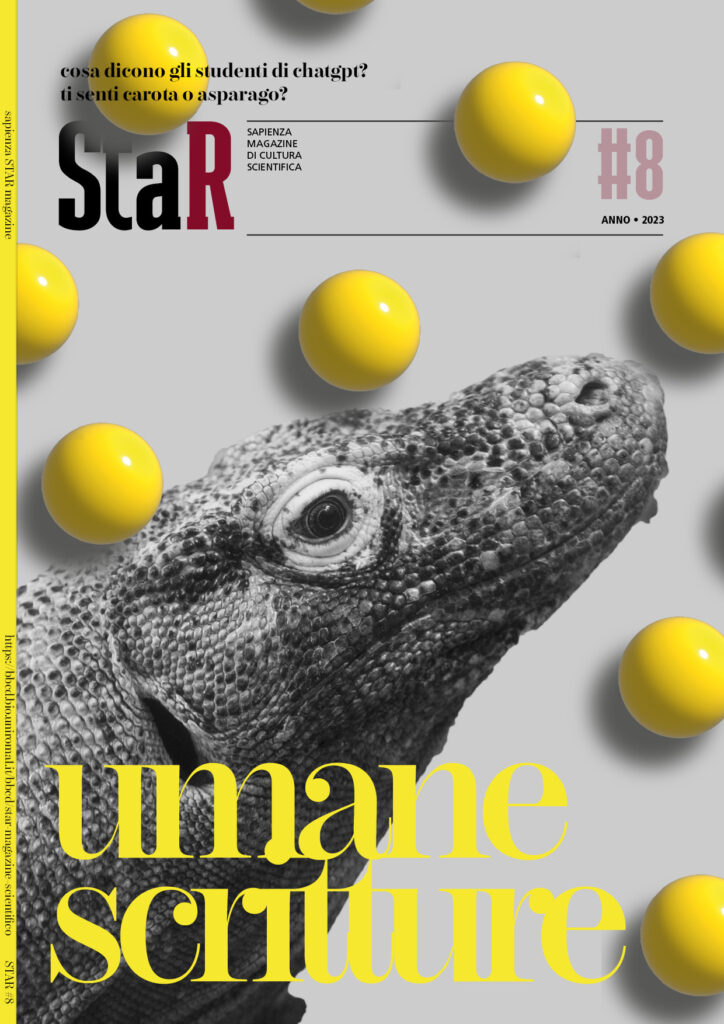
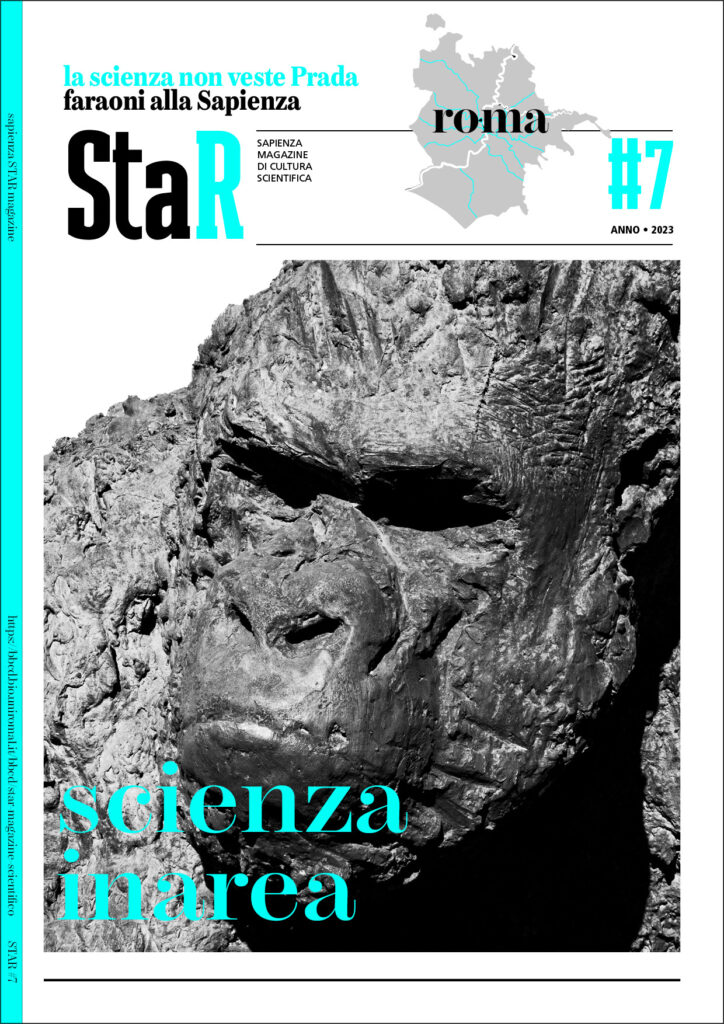

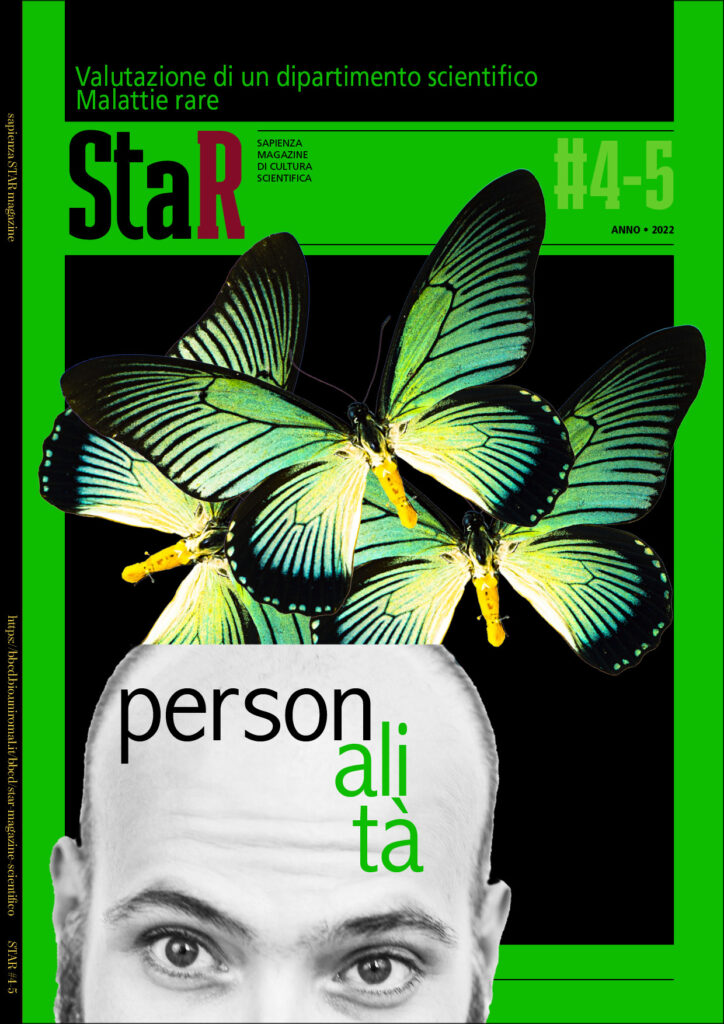

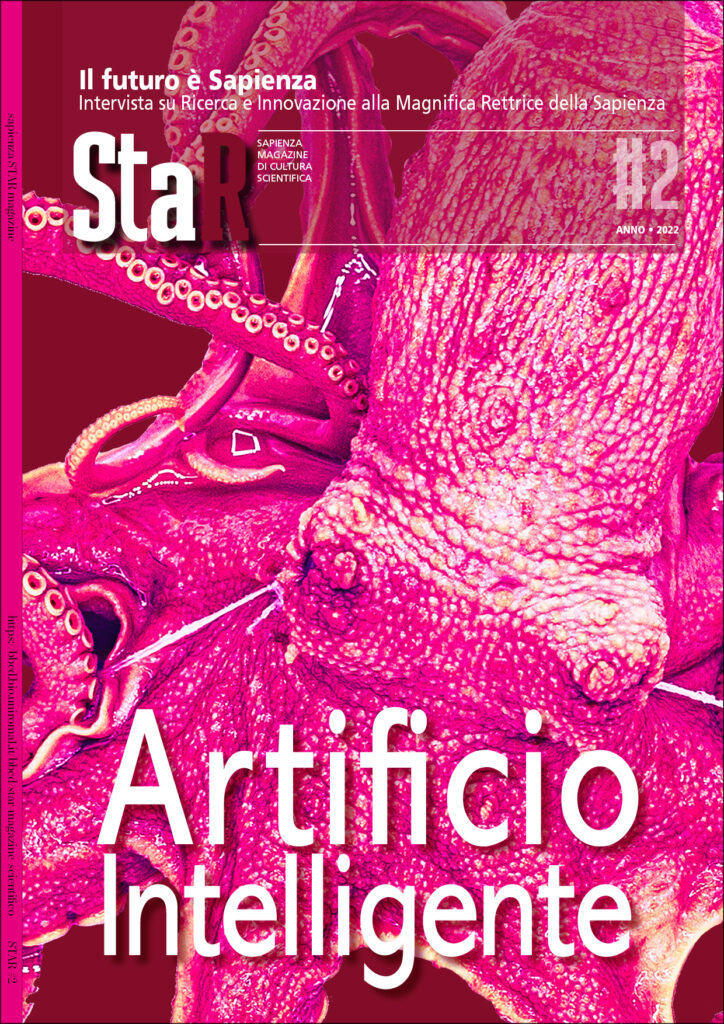

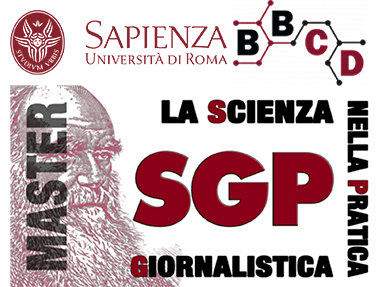
Commenti recenti